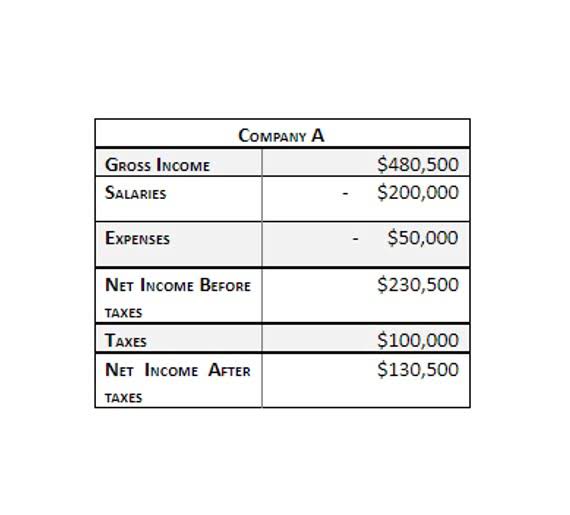 Double Declining Balance Method of Deprecitiation Formula, Examples
Double Declining Balance Method of Deprecitiation Formula, Examples
Content

1- You can’t use double declining depreciation the full length of an asset’s useful life. Since it always charges a percentage on the base value, there will always be leftovers. In the first year of service, you’ll write $12,000 off the value of your ice cream truck. It will appear as a depreciation expense on your yearly income statement. If you’re brand new to the concept, open another tab and check out our complete guide to depreciation. Then come back here—you’ll have the background knowledge you need to learn about double declining balance.

It should be used when you need to estimate present value of future cash flows. It’s often used by accountants and CPA who are dealing with long term assets, such as property, equipment, and vehicles. The beginning book value is the cost of the fixed asset less any depreciation claimed in prior periods. Under the DDB method, we don’t consider the salvage value in computing annual depreciation charges.
What is Declining Balance Depreciation?
However, the management teams of public companies tend to be short-term oriented due to the requirement to report quarterly earnings (10-Q) and uphold their company’s share price. Since public companies are incentivized to increase shareholder value , it is often in their best interests to recognize depreciation more gradually using the straight-line method. In addition, capital expenditures consist of not only the new purchase of equipment, but also the maintenance of the equipment. However, one counterargument is that it often takes time for companies to utilize the full capacity of an asset until some time has passed. This post is to be used for informational purposes only and does not constitute legal, business, or tax advice.

In later years, as maintenance becomes more regular, you’ll be writing off less of the value of the asset—while writing off more in the form of maintenance. So your annual write-offs are more stable over time, which makes income easier to predict. Simply put, it is the difference in taxes that arises when taxes due in one of the accounting period double declining balance method are either not paid or overpaid. The company is less profitable in the early years than in later years; thus, it will be difficult to measure its true operational profitability. Using the steps outlined above, let’s walk through an example of how to build a table that calculates the full depreciation schedule over the life of the asset.
Methods of Depreciation
The Double Declining Balance Method is used to estimate present value of future cash flows. This method provides a more accurate rate of depreciation than other methods because it takes into consideration the time value of money. It’s utilized by accountants and CPAs when they need to estimate the value of an asset over its useful life. To calculate Double declining balance, you take the cost of an asset and divide it by its useful life. The Symmetrical Declining Balance Method is a depreciation formula, which is used to estimate present value of future cash flows. The Double Declining Balance method takes into consideration the time value of money. Depreciation is the act of writing off an asset’s value over its expected useful life, and reporting it on IRS Form 4562.

If you were to take that $100 and put it into an account with an annual interest rate of 12% for the same year, you’d have about $112 at your disposal. Secondly, you could switch to straight line method at this point. In order to do that, we need to figure out what deprecation amount we should take from the last four years of the truck’s useful life. We can calculate that by subtracting the salvage value ($5,000) from the book value at the end of year six ($12,464.27).
Example of Double Declining Balance Method
When accountants use double declining appreciation, they track the accumulated depreciation—the total amount they’ve already appreciated—in their books, right beneath where the value of the asset is listed. If you’re calculating your own depreciation, you may want to do something similar, and include it as a note on your balance sheet. The result is your basic depreciation rate, expressed as a decimal. (You can multiply it by 100 to see it as a percentage.) This is also called the straight line depreciation rate—the percentage of an asset you depreciate each year if you use the straight line method. Carrying ValueCarrying value is the book value of assets in a company’s balance sheet, computed as the original cost less accumulated depreciation/impairments. It is calculated for intangible assets as the actual cost less amortization expense/impairments.

Richiedi informazioni e disponibilità